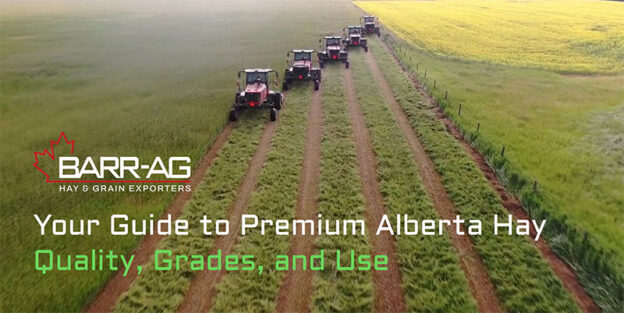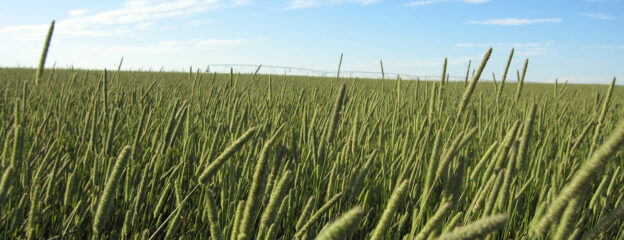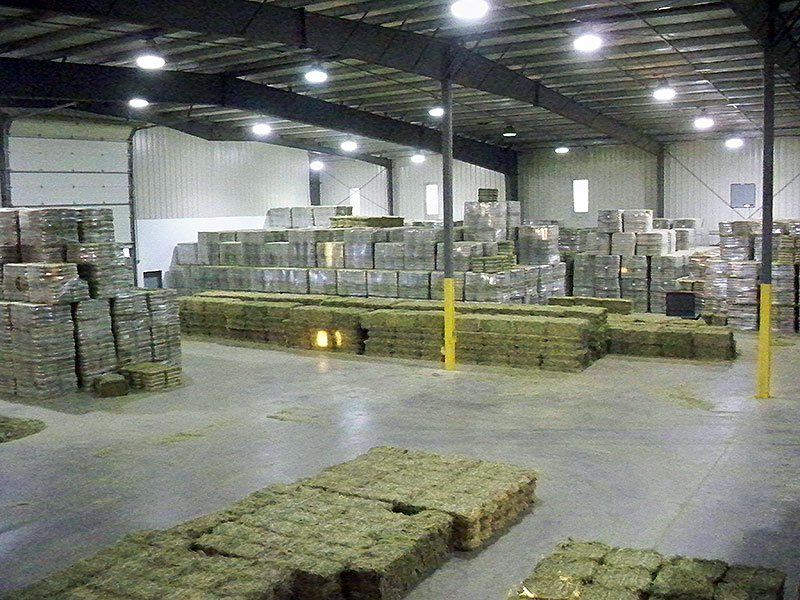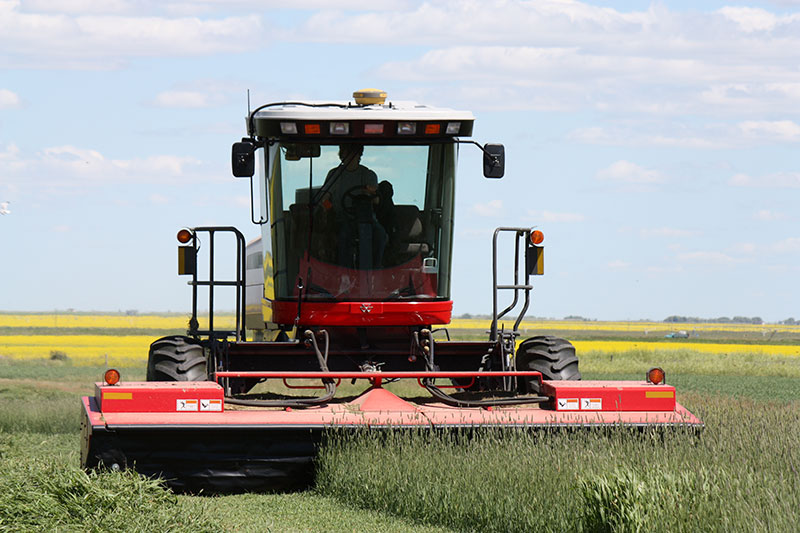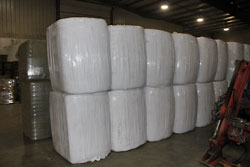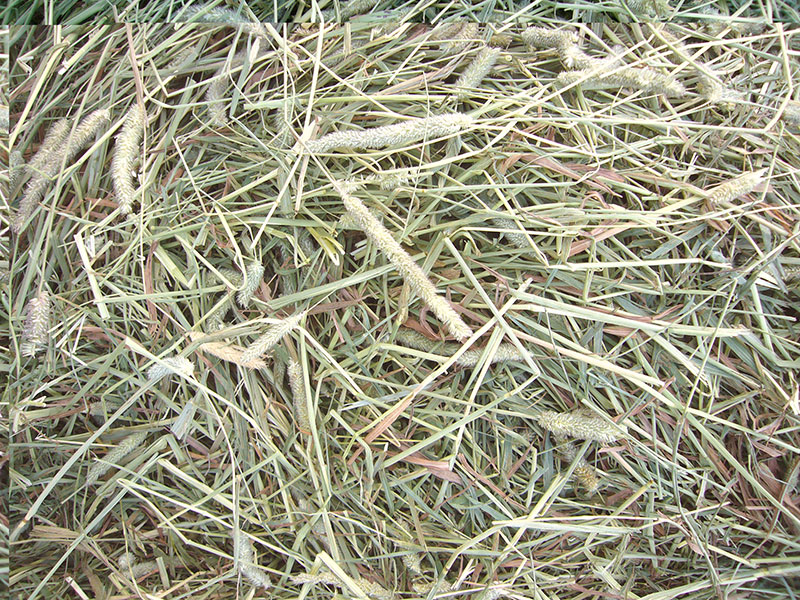Hay is one of the most important feed sources for livestock, and its quality can make a significant difference in animal health, performance, and operational efficiency. Whether you’re feeding beef cattle, dairy cows, horses, or small ruminants, choosing the right grade of hay ensures you’re meeting your animals’ nutritional needs effectively.
At Barr-Ag, we specialize in the production and sale of premium Alberta-grown hay, including Timothy, Alfalfa, and mixed hay. Our products are grown in Alberta’s clean and dry climate, free from pesticides, and are tested regularly through internationally recognized laboratories to ensure consistent quality and nutritional value.
What Is Hay Grading?
Hay grading is the process of evaluating the quality of forage based on its nutritional content, digestibility, physical characteristics, and absence of contaminants. Grading allows buyers to match hay to specific livestock requirements and optimize feed value for the best results.
Unlike Alfalfa, which is typically graded using Relative Feed Value (RFV), grass and mixed hays (such as Timothy or Timothy-Alfalfa blends) are more accurately assessed using Relative Forage Quality (RFQ). RFQ includes fiber digestibility and total digestible nutrients (TDN), making it a better index for grasses and mixed forages.
Common Hay Grades and Uses
Hay is often categorized by nutrient content and overall quality into the following practical categories:
| Grade | Typical Characteristics |
| Premium | High leaf content, green color, excellent smell, no dust/mold |
| Low Premium | Green to light green, moderate leaf content, slight weathering acceptable |
| #1 | Yellowing, coarser texture, some stem or maturity visible |
| #2 | Poor color, heavy stems, possible contaminants |
Key Factors That Influence Hay Quality
Several factors impact the final grade and feeding value of hay:
Type of Hay
o Timothy hay: High in fiber, palatable
o Alfalfa hay: High in protein and energy
o Mixed hay: Offers a balance between energy and fiber.
Maturity at Harvest
Early cut hay is more nutritious and digestible. As plants mature, fiber content increases, reducing digestibility.
Leaf-to-Stem Ratio
Leaves contain most of the nutrients. A higher leaf content results in better forage quality.
Color and Aroma
Bright green color and a sweet, fresh smell indicate quality. Musty or brown hay suggests spoilage or poor curing.
Moisture Content
Ideal moisture levels (12–15%) prevent mold and leaf shatter. Too much moisture can lead to heating and spoilage.
Foreign Material
Dirt, weeds, mold, or dust lower nutritional value and may be harmful to animals.
Why Hay Quality Matters
Feeding low-quality hay can lead to:
o Reduced weight gain or milk production
o Increased need for supplements
o Digestive issues or respiratory concerns
o Lower feed intake and more waste
On the other hand, feeding properly graded, high-quality hay improves efficiency, animal health, and overall performance. Matching hay grade to the needs of your livestock helps reduce costs and improve results over time.
Barr-Ag’s Commitment to Premium Forage
At Barr-Ag, every bale is tested, sorted, and packaged to meet exact quality standards. We work with internationally accredited laboratories to test for crude protein (CP), fiber (ADF/NDF), moisture, and other key indicators.We offer:
o Clean, consistent Timothy and Timothy-mix hay
o Non-GMO Alfalfa hay with high protein content
o Custom blends to suit your livestock’s needs
Choose Barr-Ag for High-Quality Alberta Hay
Whether you’re feeding dairy cattle, horses, or beef stock, Barr-Ag is your trusted partner for dependable, export-grade hay. Our team can help you select the right grade for your specific needs and ensure smooth delivery anywhere in North America or abroad.
For specific dietary requirements, we recommend consulting your veterinarian.
Contact us today to request a quote, speak to our team, or learn more about our current inventory.




